Quebec fishing village grows economy with local produce
After La Tabatire's fish plant closed, residents diversified the local economy through gardening
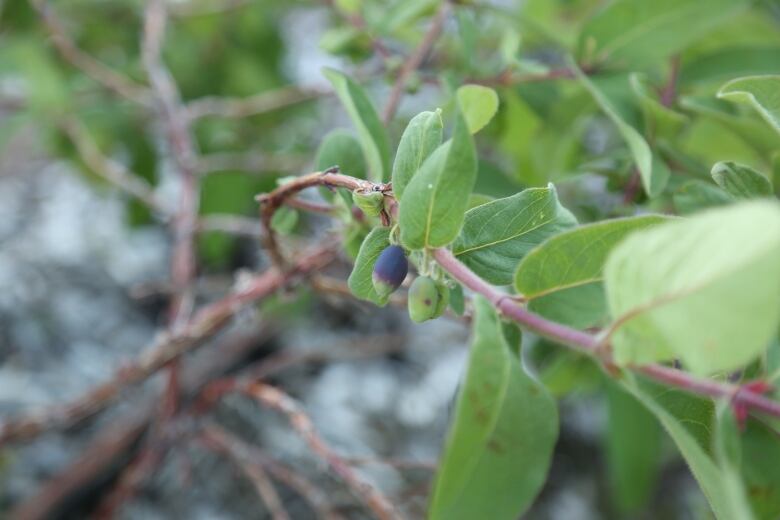
Standing in a field of thousands of honeyberry plants, Marie Galichon swats at the countless black flies buzzing around her face.
It's late in the afternoon on a warm July day in La Tabatire, a small village in the municipality of Gros-Mcatina, Que., roughly 1,800 kilometres northeast of Montreal on the province's Lower North Shore.
The tart berries look like long blueberries,or almost like blue jelly beans.
"I hate them," Galichon says of the bugs, not pronouncing the 'h' in hate, apractice that reflects the unique way of speaking English that's common tothe region's coastal, and primarily anglophone, residents.
Inversely, people on the coast sometimes add the letter 'h' to the start of words;iceturns intohice, for example. That distinctive accent was shaped by the region's proximity to Newfoundland and moulded by hundreds of years of settlement by the French, British and Scots, among others.
Those same settlers made La Tabatire a hub for transforming fish products, and historically, the small town has relied on its fishing industry for jobs.
But that's changed of late.
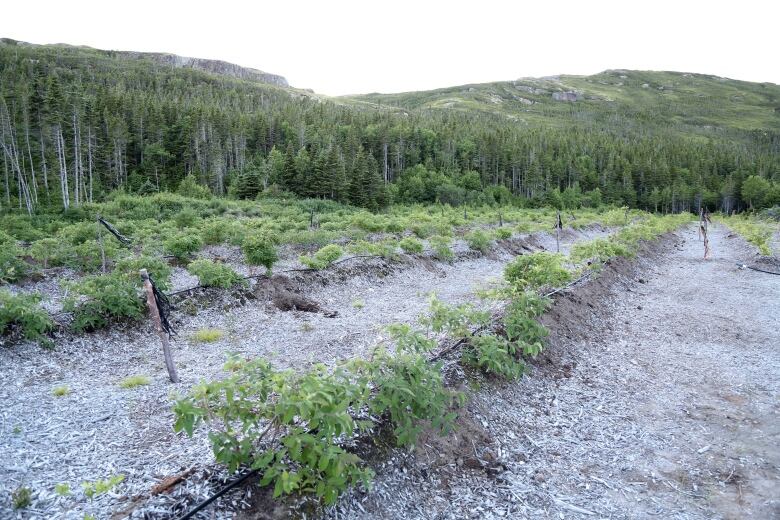
After the local processing plant closed in 2011, people like Galichon found themselves without a job. So residents started throwing ideas around about how to create work and diversify the local economy.
"We were looking for a long-term project," Galichon explained.
The idea to grow honeyberries came up and, with the help of the province and private partners, the AGRO Project was born.
750 lbs. of berries
Galichonhas been onboard since the beginning. "It sounded interesting. I needed anincome," she said, with a laugh.
Shehelpedclear the land and plant La Tabatire's roughly 6,000 honeyberry plants, all by hand.

Now, roughly six years after the honeyberry project started, the fly bites and hard labour are paying off.
This season, the fieldsyielded some 750 lb.of berries, twice as much as last year.
Juanita Jones, theAGROProject's manager, says the honeyberry fields could lead to big returns as thecrops continue to grow.
The berries can be used in cooking, and potentially even wine, and Jonessays she's looking to expand sales outside of town.
"We could grow and get more crops and then maybe we could supply other villages with fresh veggies," she said.
Project expanded to other crops
La Tabatire's AGRO Project may have its roots in honeyberries, but it has expandedover the years.
Francie Maurice is in charge of a greenhouse, as well as oneindoor and several outdoor gardens.
Along with two other employees, Maurice triesto grow it all:peppers, onions, broccoli, radishes, cucumbers, turnipsand beets, among other crops.
It's hard because you have to put in a lot of volunteer hours.- Francie Maurice
Maurice says it's a challenge to grow food in a place where the ground can still be frozen in May, or even June.
"We have to start these crops in a building in town," she explained.
"It's hard because you have to put in a lot of volunteer hours."

Finding the funding to keep the gardens going every year is also a struggle, despite some support from the province, the municipality and some private donors.It also often means a short growing season.
This year, planting officially started in July and the harvest was earlier this month.
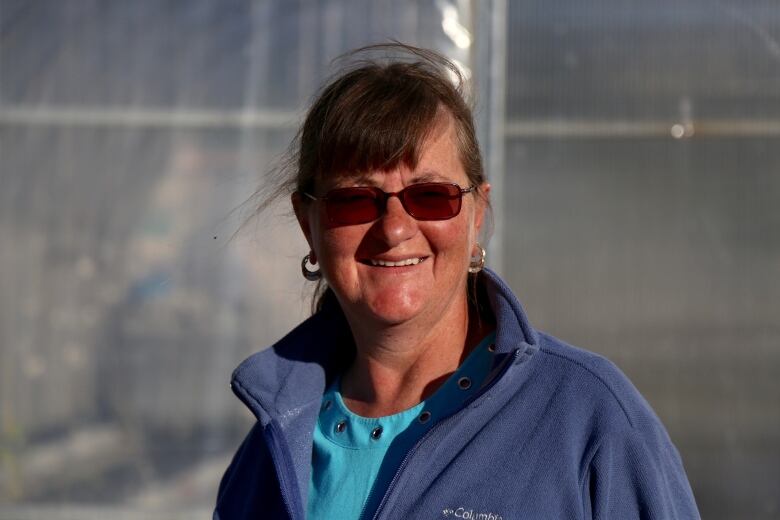
But in a remote area where vegetables typicallyarrive once a week by ferry, she says all the hard work is worth it: fresh, locally grown produce has become a staple at dinner tables in the community, Maurice said.
This year, sales were up 50 per cent compared to last season.
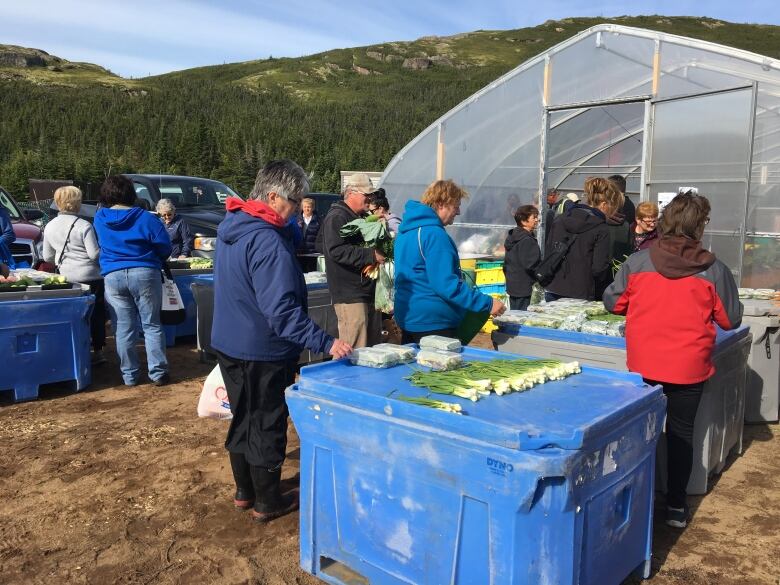
'It's encouraging'
La Tabatire's AGRO Project also has a nursery of bakeapples,yellow- and orange-colouredfruit that grow in northern climates and are shaped like raspberries.
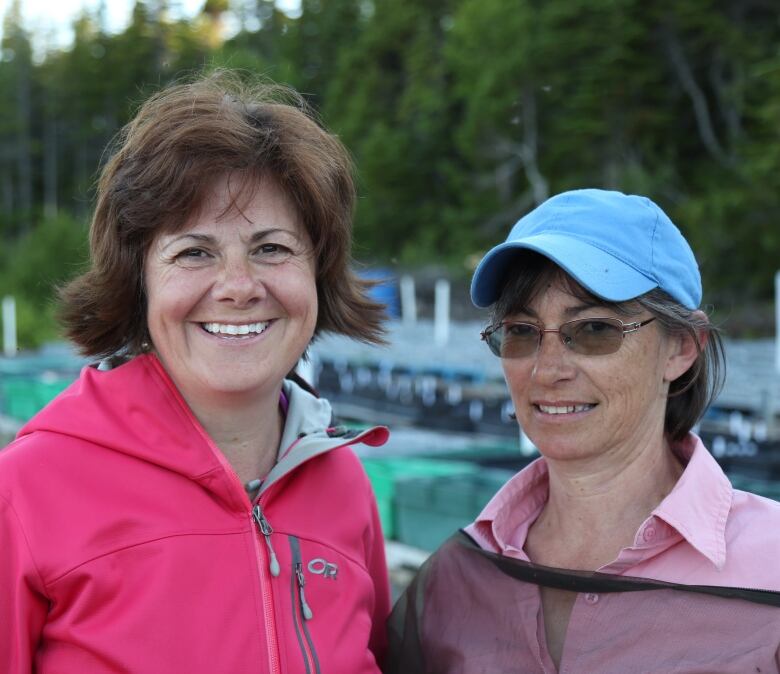
Home to tens of thousands of seedlings, the nursery aims to test what conditions best allow the plants to flower and produce berries.
Today, the town'sroughly 60,000 bakeapple plants are cloned from a variety ofgenome types.
"We are trying to see which ones are growing the best, which ones are the stronger plants," said Kim Organ, one of the initiative's three employees.
Organ said the project, spearheaded by aBaie-Comeaucompany, will hopefully yield plants that can grow in different environments.
It takesbakeappleplants from three to seven years to produce fruit.
This year, Organ and her teamgrew their very first berry."It's encouraging," she said.
I'm proud of whatwe are doing somethingthat's different,something that we didn't know we can do.- Marie Galichon
Galichon, who works in the honeyberry fields, agrees.
"I'm proud of what we are doing something that's different, something that we didn't know we can do," she said.
In total, La Tabatire's AGROProject has created 15 seasonal jobs.
While that might not sound like much, Jones said it's huge fora municipality of about 450 people.
"And we hope to continue and we hope to grow," she said.
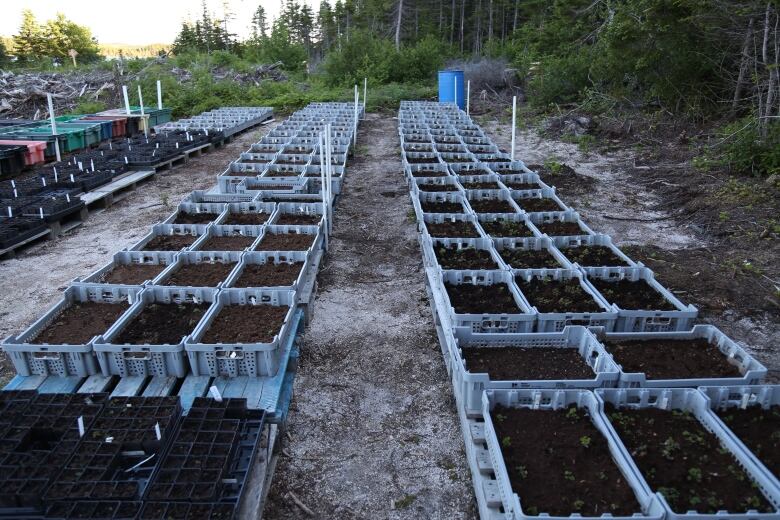












_(720p).jpg)


 OFFICIAL HD MUSIC VIDEO.jpg)
.jpg)



























































































